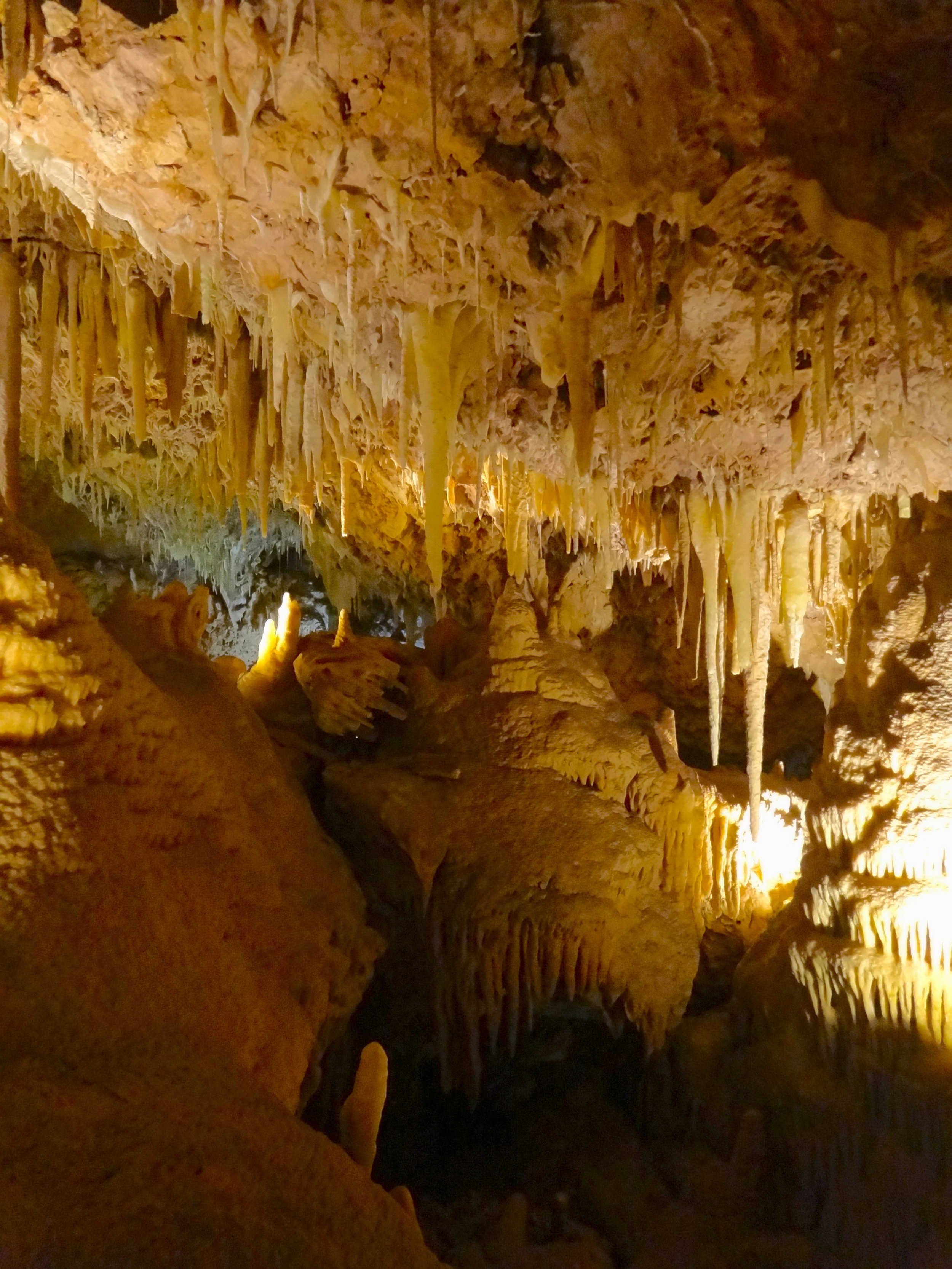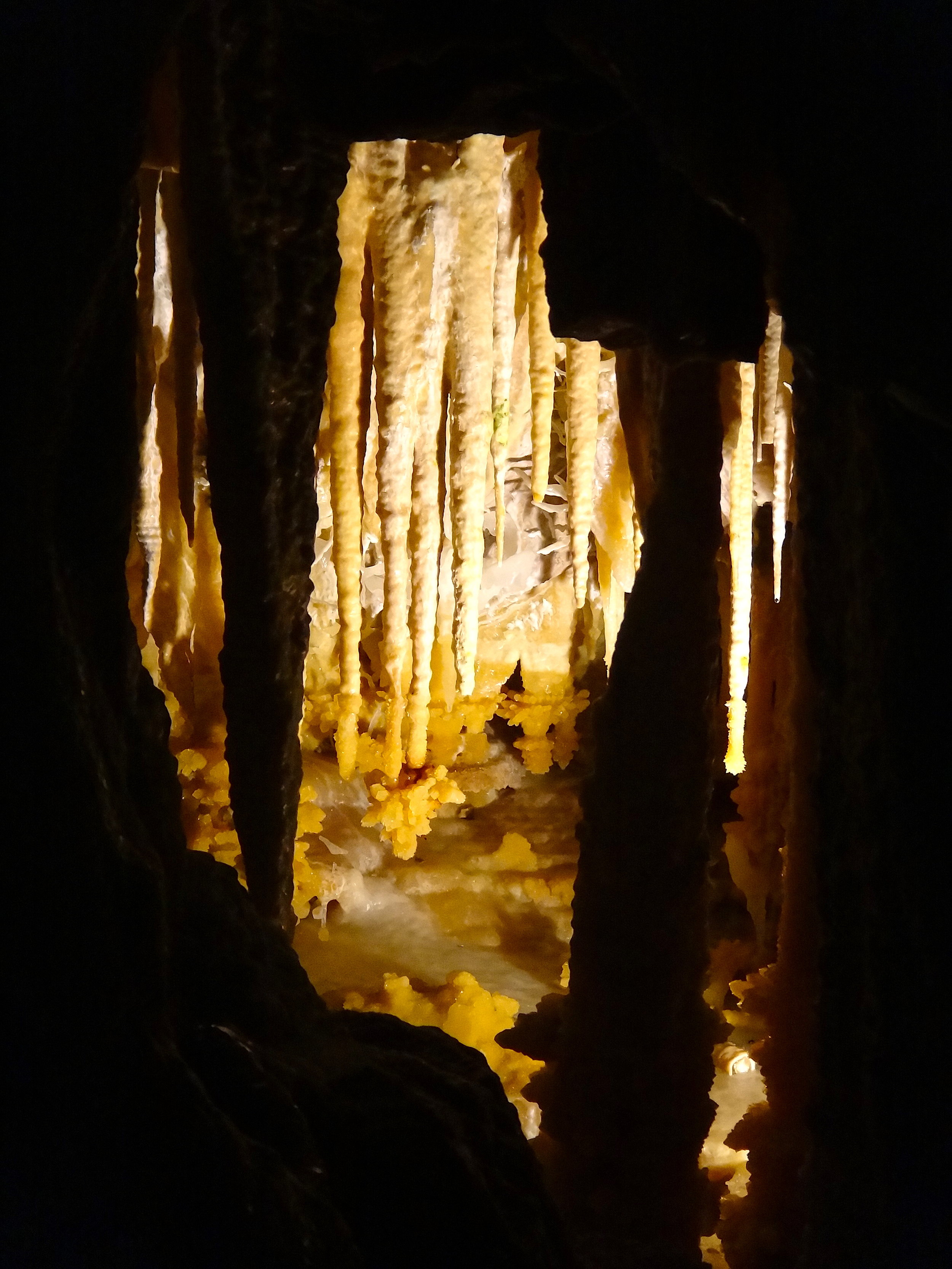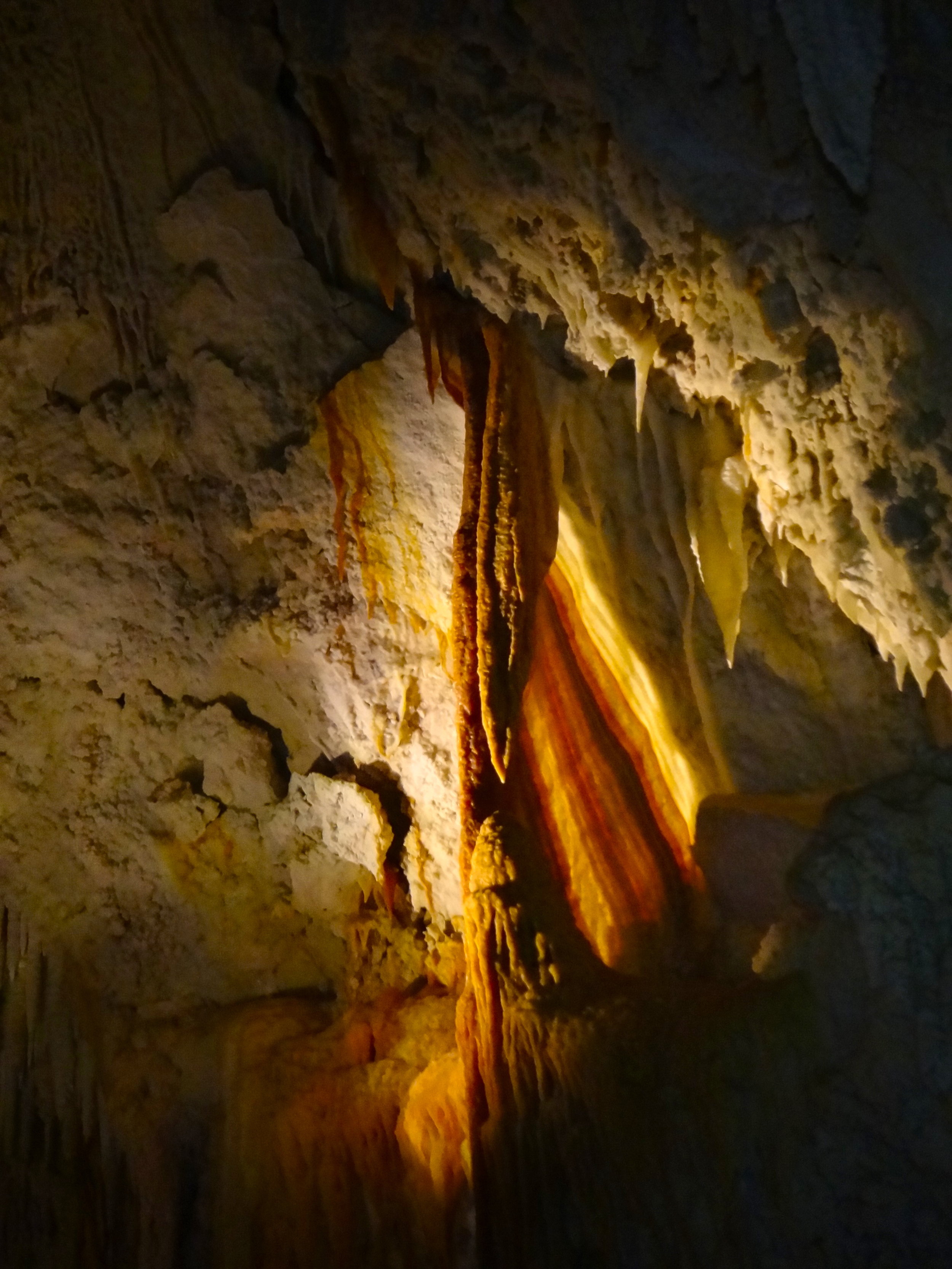Caving in Australia's far West: WA!
/Sunday afternoon, 30th of July: with our luggage full of sample bags, photo cameras, a drone, spare batteries, pollen traps, gum boots and overalls, we (Jon, Kale, John, Bianca and myself - Rieneke) got on a plane to Perth to visit some beautiful caves around Jurien Bay and Margaret River in collaboration with Dpaw and MRBTA. A really exciting area, especially for palynology, because southwest Australia has one of the most diverse vegetation on Earth and it is still uncertain why!
While we were all excited to exchange cold and wintery Victoria for mild and sunny weather around Perth, one of this year’s heaviest storm happened to pass by in WA just before we arrived. One advantage of the heavy rain was that the bees in the beehives of the entrances of these caves were exceptionally quiet and luckily didn’t feel like bothering us. We had all the protection with us, just in case:
Only a few speleothems in this area have been dated, so Jon, John and Rieneke were after the speleothem rubble in the cave. As you can see in the picture below from Jewel Cave, we sure love such rubble piles with pieces of beautiful stalagmites:
In one of the caves, Kale and Bianca were able to put some pollen traps in an area that is usually closed. In such an isolated area, we leave the traps for a year to – hopefully – catch modern pollen that we can study back in the lab. Jewel Cave will be the main focus for Bianca's PhD, but the entire team will be working on all of the caves that we visited.
Besides crawling through the caves looking for speleothem rubble, we found Kale and Bianca with their nose in the bush very often – sometimes resulting in being covered by ticks... And as you can see, the vegetation changes with every few kilometres we drove:
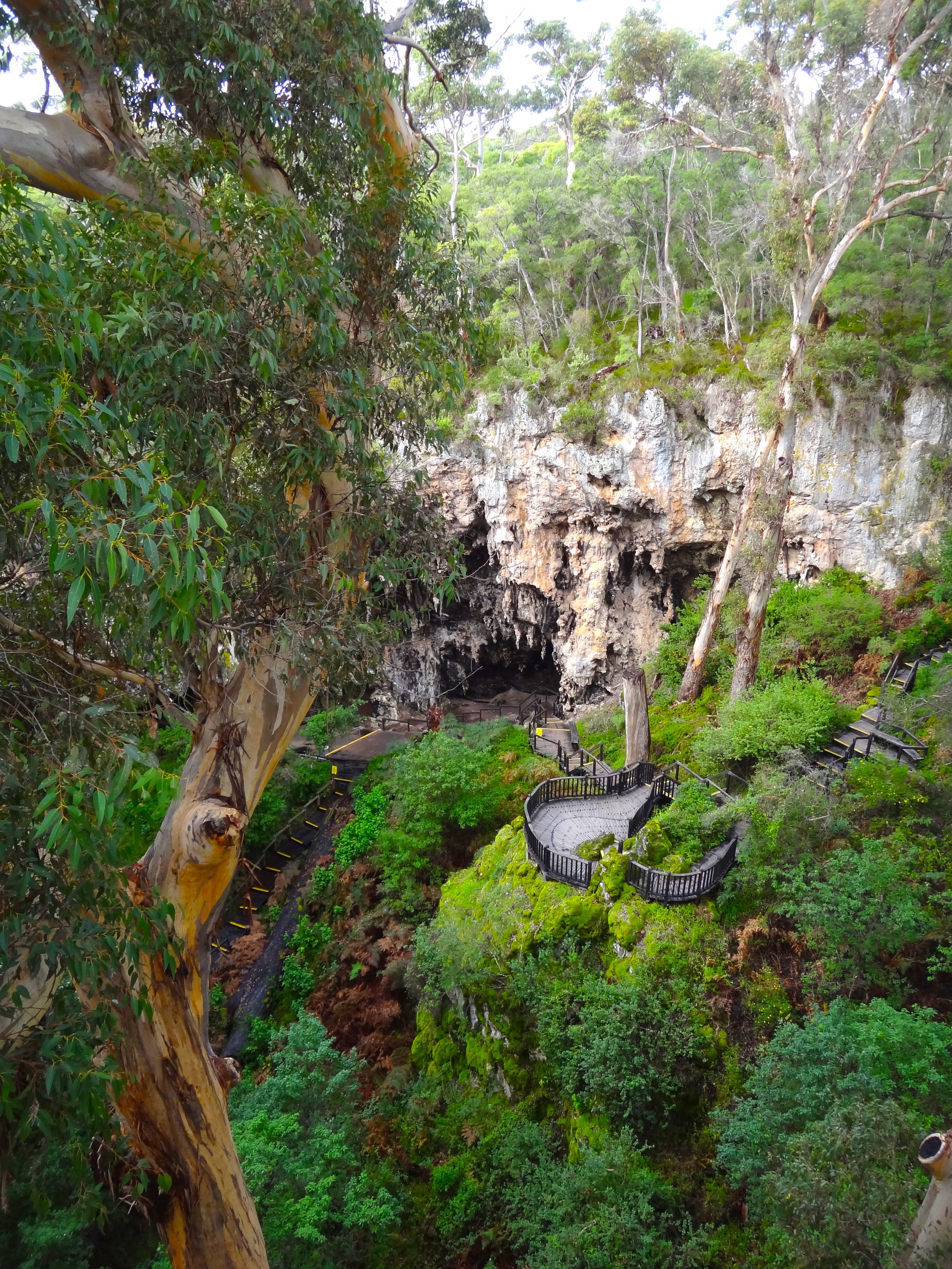
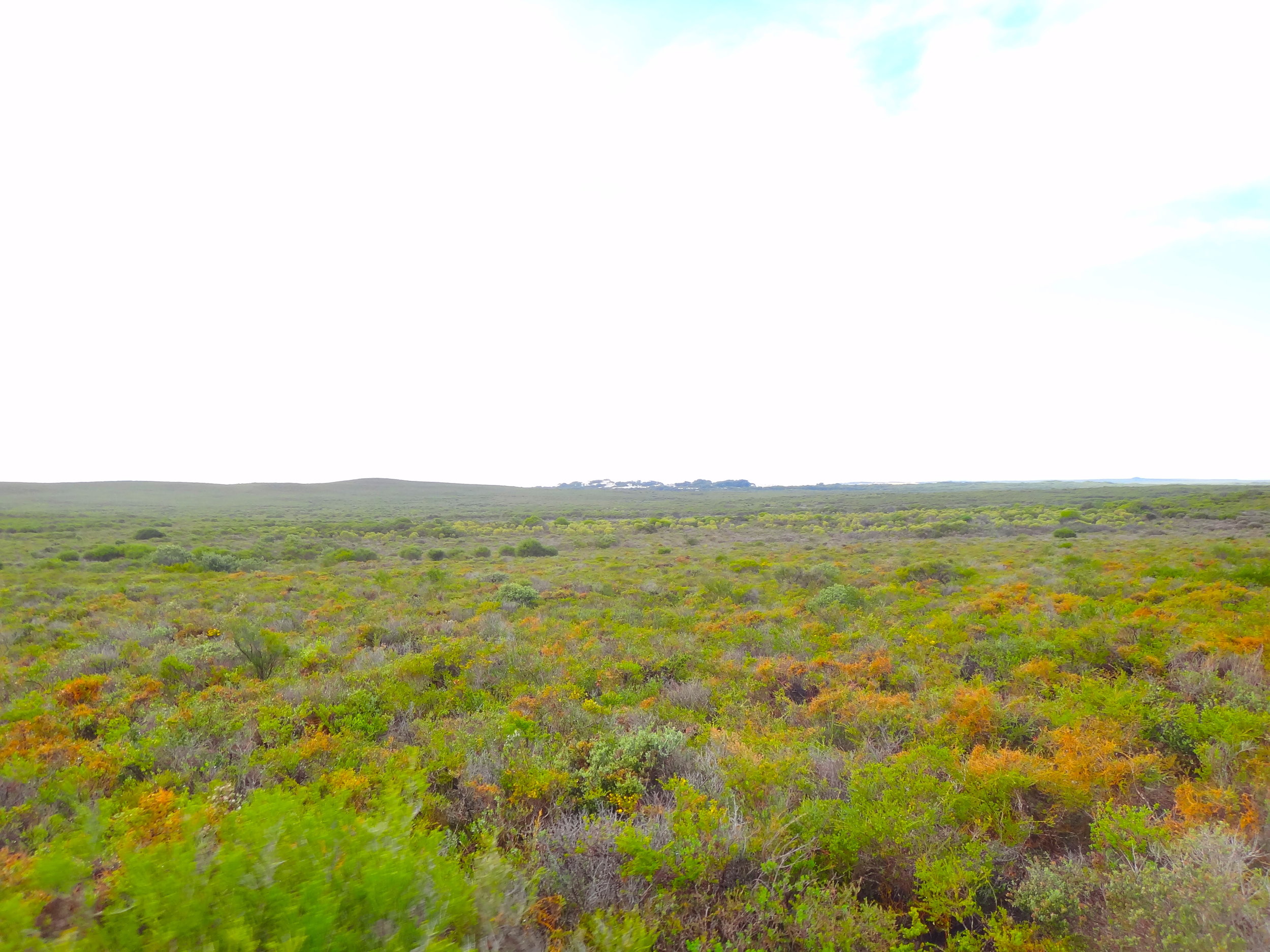
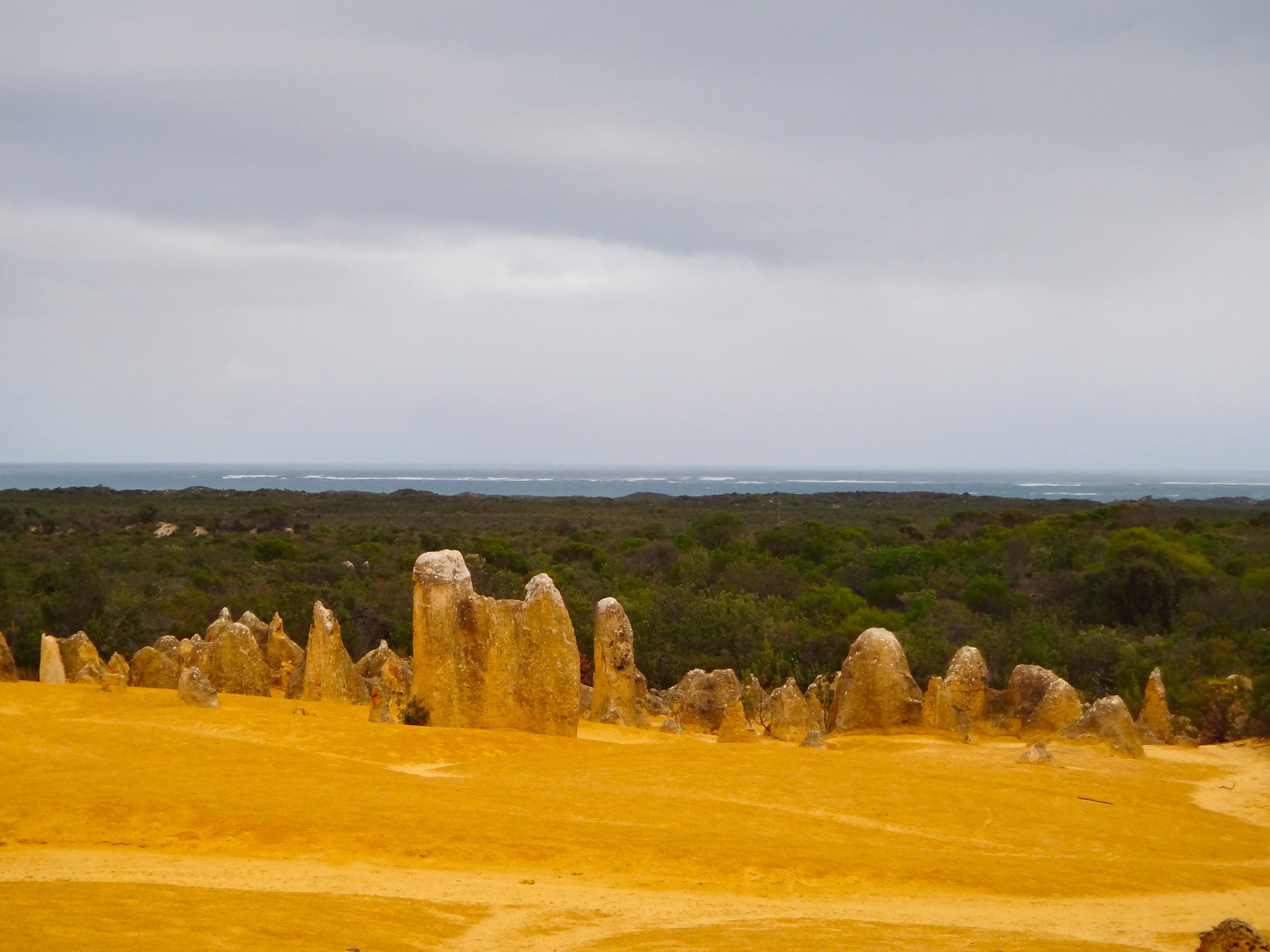


Some cave aesthetics:
Rich formation and subaqueous "dog tooth" spar in Ngilgi Cave:
Colorful curtains and several generations of stalagmite formation on roof collapse:
Even our supervisors were still amazed by the aesthetics of these caves:
We had an excellent and productive time in WA, and are very grateful for the collaboration with the managers from Dpaw and MRBTA. They do a really great and crucial job in looking after these beautiful caves and communicating the exciting stories that they hold to the public. We had the chance to present our research at the Margaret River Visitors Centre to the staff and guides from the caves during which Kale and John gave a great presentation.
Now let’s start working on our samples to find out how old these speleothems are and what pollen record they show!
Rieneke - PhD student









